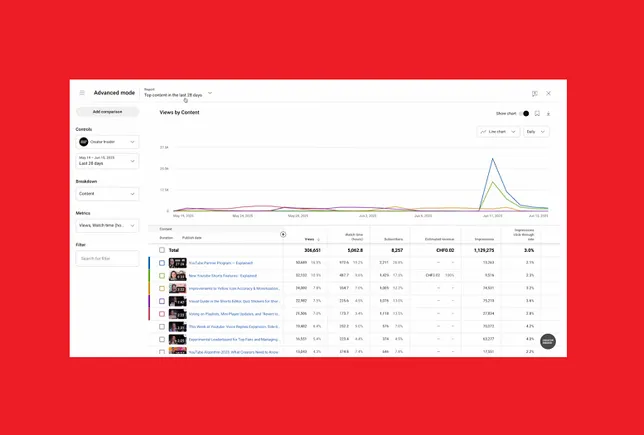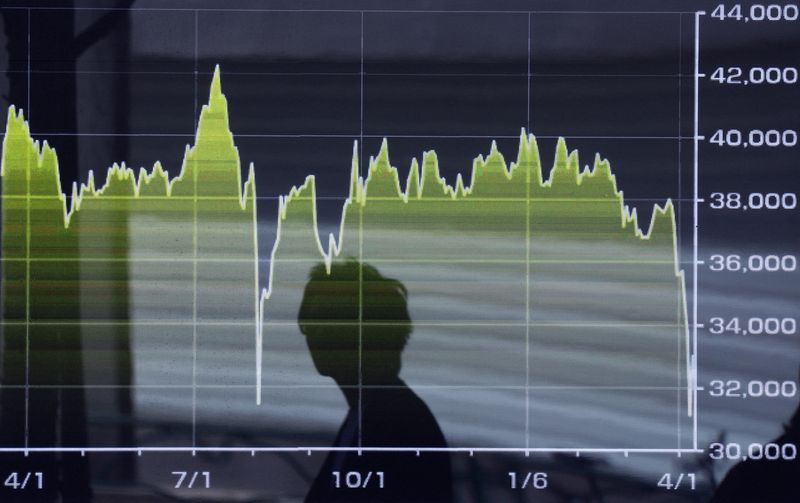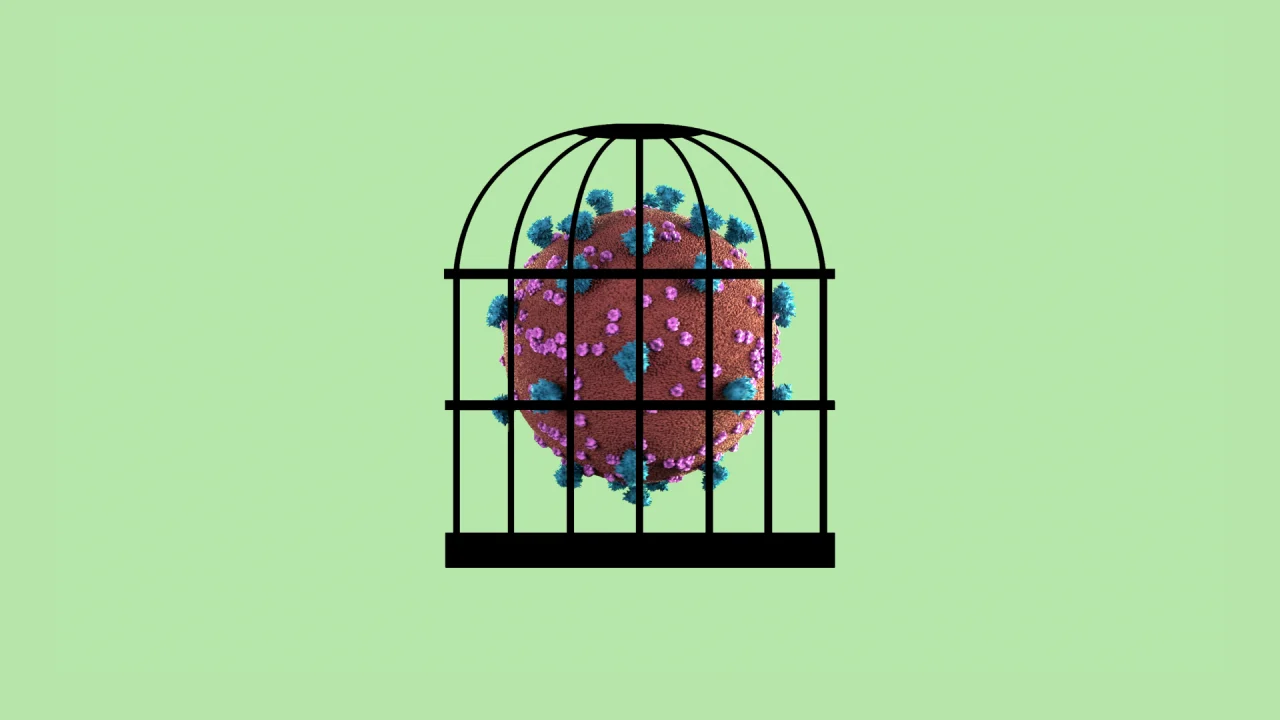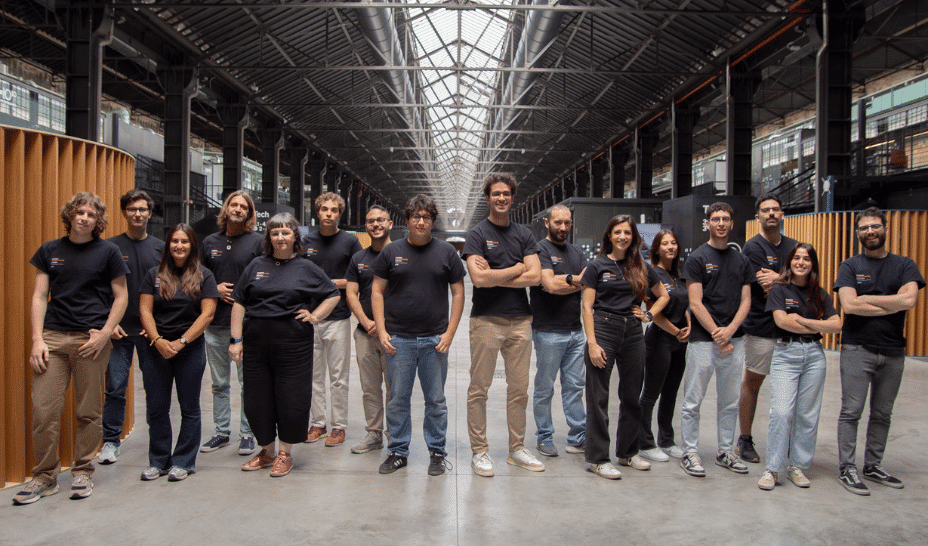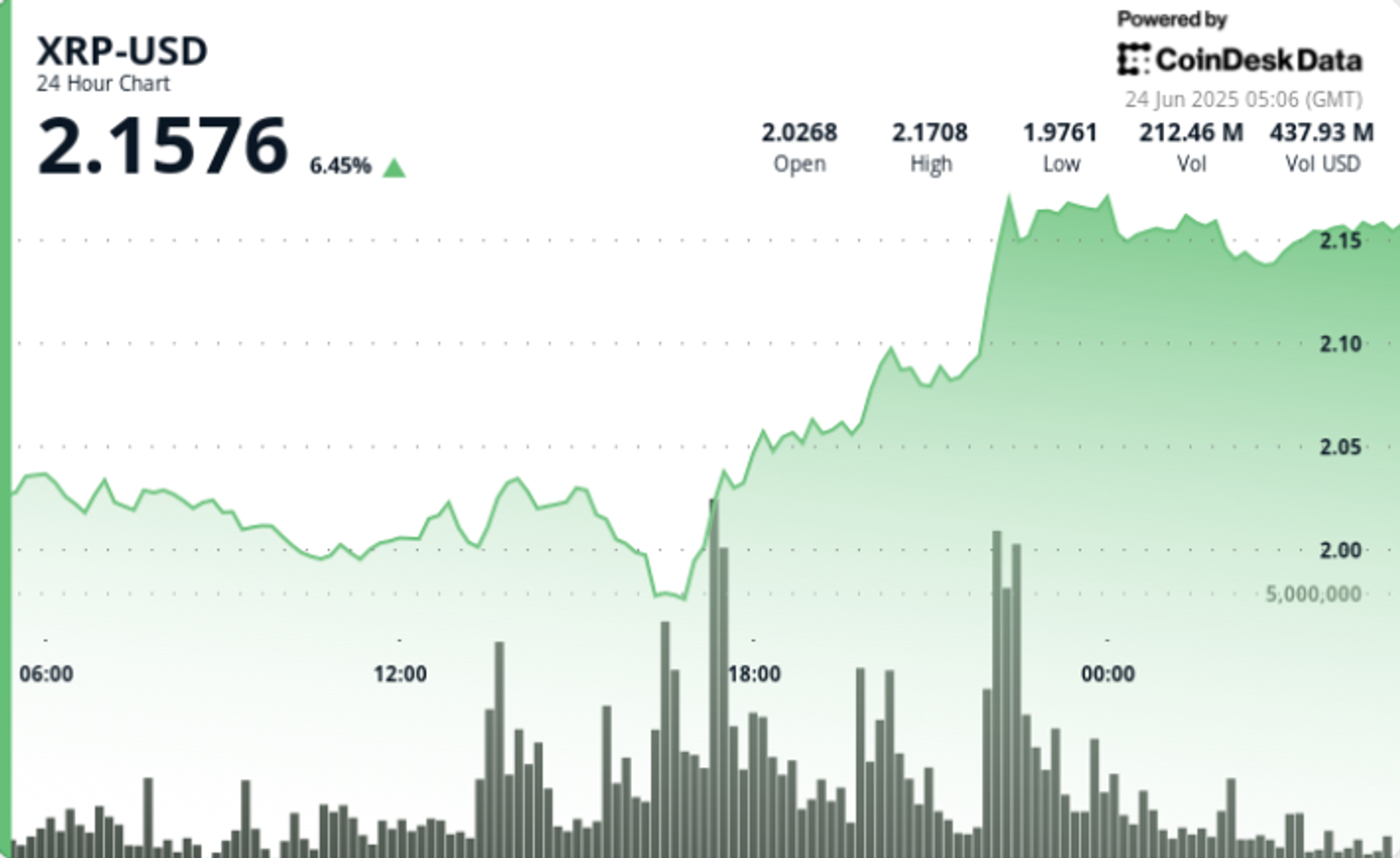The silent pandemic: How talent shortages are threatening global healthcare infrastructure
The increased shortage of doctors, nurses, technicians, and allied health staff is driven by an aging workforce, rising chronic disease burdens, and demographic shifts globally.


A staggering one-third of frontline nurses have witnessed patients die due to staff shortages, laying bare the catastrophic impact of an overburdened healthcare workforce. Research also suggests a link between healthcare worker shortages and excess deaths—a 10% reduction in professional nursing staff correlates with an 11% rise in patient mortality risk. This is an indication of a silent pandemic that is underway: a surging global shortage of healthcare workers crippling healthcare systems.
The world has moved on from the COVID-19 pandemic, but unlike acute pandemics that spark immediate alarm, this insidious threat is growing quietly, eroding care quality, delaying treatments, and amplifying preventable deaths across nations. Without urgent systemic reforms, the talent shortfall in healthcare, projected to reach 18 million by 2030, threatens to destabilise global health infrastructure, leaving billions vulnerable to inadequate care.
Understanding the talent gap
The increased shortage of doctors, nurses, technicians, and allied health staff is driven by an ageing workforce, rising chronic disease burdens, and demographic shifts globally. Developed nations like the US, the UK, Canada, Australia, Japan, Germany, and much of Europe are already reeling, with the EU alone facing a deficit of 5 million doctors, nurses, and midwives. Germany struggles with a shortfall of over 1.5 million nurses, while the UK’s NHS grapples with 112,000 vacancies, increasingly filled by professionals from countries like India, Morocco, Tunisia, Kazakhstan, etc.
This highlights a vicious cycle of global brain drain and insufficient training pipelines that leaves no region unscathed. Recent industry insights estimate that approximately 88,000 nurses work abroad. For doctors, a 2023 Statista report noted 75,000 Indian-trained doctors in OECD countries. Combined with nurses, this suggests 120,000–150,000 healthcare professionals leave annually. Many have claimed that 250,000–300,000 nurses have left since 2020, out of 640,000 working abroad. Combined, we’re looking at roughly 150,000–200,000 healthcare professionals leaving annually, but India is producing doctors and nurses with an increased capacity of 80-100% that has been seen in the last 5 years under Prime Minister Narendra Modi’s Ayushman Bharat and Heal by India missions. 
The migration journey is often further plagued with inefficiencies—workers face high upfront costs, complex visa and licensing procedures, and limited access to structured support. Many candidates struggle with fragmented recruitment systems, a lack of transparent information, and unverified agents, leaving them vulnerable to misinformation and exploitation. Employers, meanwhile, wrestle with their own challenges: delays in credential recognition, costly and slow onboarding processes, and poor retention due to a lack of cultural integration or career pathways. These twin inefficiencies highlight the urgent need for a unified, digitally enabled system to support ethical, efficient talent mobility.
The healthcare talent gap is worsening due to burnout, high attrition, and looming retirements. Mental health support is now a top priority for 76% of professionals, yet remains inadequately addressed. Only 64% feel equipped to handle emerging tech like AI, with confidence lowest in North America. With global talent growth at just 1.5% annually and one in five nurses set to retire within a decade, urgent reforms are needed to boost training, retention, and tech readiness across the sector.
Impact on healthcare systems
The global shortage of healthcare workers is severely compromising patient care, manifesting in longer wait times, reduced access to services, and increased medical errors. Understaffed facilities force healthcare providers to manage larger patient loads, leading to rushed interactions that erode the quality of care. High patient-to-nurse ratios are directly linked to poorer outcomes, with studies showing elevated error rates, higher morbidity and mortality, and increased nurse burnout, particularly in high-turnover emergency departments. Rural communities face acute disparities, with only a few offering hospital-based obstetrics services, leaving critical gaps in essential care like maternal health.
The economic fallout from this workforce shortage further strains healthcare systems, driving up costs and deepening inequities. Hospitals face a 15.6% surge in labour costs per adjusted discharge compared to pre-pandemic levels, forcing budget cuts that often compromise care quality. The financial burden, coupled with the inability to meet rising patient demands, creates a vicious cycle that threatens the sustainability of healthcare systems.
What’s being done and what’s missing
As a leading hub of healthcare talent, India plays a pivotal role in addressing the global shortage. States like Kerala, Tamil Nadu, and Andhra Pradesh are at the forefront of this migration. Strategic agreements, such as the 2022 German-Indian Migration and Mobility Agreement and the 2024 India-EFTA Trade Pact with Iceland, Liechtenstein, Norway, and Switzerland, aim to streamline movement for Indian healthcare professionals to countries grappling with acute shortages. In the MENA region, destinations like the UAE, Saudi Arabia, and Qatar attract Indian talent with competitive pay and modern healthcare infrastructure.
Yet, despite these bilateral frameworks, both skilled healthcare workers and global employers face persistent inefficiencies and risks. Professionals encounter an arduous migration process marked by complex documentation, unclear qualification recognition, high costs, language barriers, and a lack of access to transparent recruitment channels. For example, 13.2% of Indian visa applications to Switzerland were rejected in 2022, underscoring how stringent immigration policies still pose challenges. Recognition of Indian diplomas has also remained inconsistent, leaving many candidates in limbo. Those from rural areas are particularly disadvantaged, often lacking access to resources like language training, certification support, and trusted job networks—critical components for success in global healthcare roles. At the same time, employers struggle to identify, evaluate, and onboard international talent efficiently, often relying on outdated, manual processes that delay critical staffing.
Technology is now stepping in to bridge this disconnect. AI-powered recruitment platforms are streamlining the end-to-end hiring journey, offering verified talent pools, automated pre-screening, and transparent evaluation processes. These platforms ensure better candidate-job matches, accelerate compliance workflows, and reduce dependency on intermediaries, while helping professionals access ethical, well-supported pathways to global opportunities. By combining data-driven decision-making with a human-first approach, such technology is transforming cross-border healthcare hiring into a faster, fairer, and more reliable system for all.
The road ahead
To secure the future of caregiving, the global community must pivot from ad hoc responses to coordinated, systems-level solutions. This begins with reimagining caregiver training as a global public good, with cross-border curricula, certification standards, and scalable learning models, particularly for emerging markets. International alliances—such as between India and Germany or through the EFTA pact—should evolve into multilateral frameworks that support talent mobility through automatic credential recognition, low-barrier visa programmes, and centralised migration portals.
In parallel, we have platforms that are enabling employers and candidates to simplify the cross-border migration process. These systems feed a global caregiving intelligence network led by the WHO or a similar multilateral body, enabling real-time collaboration and crisis response. Additionally, integrated digital tools—from AI-powered scheduling platforms to virtual training simulators—are augmenting human caregiving, reducing administrative burdens, and expanding access to mentorship and upskilling. Yet, technology alone won’t retain talent. Governments and healthcare systems must create caregiver-first workplaces that offer competitive pay, mental health support, flexible hours, and career progression pathways.
This isn’t just about solving a labour shortage—it’s about building an ecosystem that values care work as critical infrastructure. Only by investing in this foundational pillar can nations ensure dignity, safety, and equitable care for their most vulnerable populations.
(Avinav Nigam, Founder and CEO of TERN Group, an AI-powered recruitment platform.)
Edited by Kanishk Singh
(Disclaimer: The views and opinions expressed in this article are those of the author and do not necessarily reflect the views of YourStory.)





![How Social Platforms Measure Video Views [Infographic]](https://imgproxy.divecdn.com/AncxHXS242CT-kDlEkGZi7uQ2k70-ebTAh7Lm14QKb8/g:ce/rs:fit:770:435/Z3M6Ly9kaXZlc2l0ZS1zdG9yYWdlL2RpdmVpbWFnZS9ob3dfcGxhdGZvcm1zX21lYXN1cmVfdmlld3MucG5n.webp)

